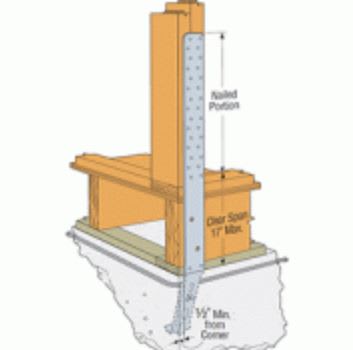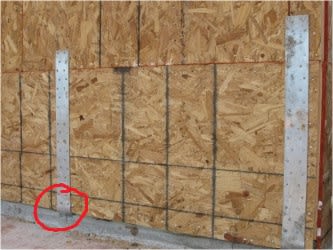I'd be surprised if you found the silver bullet document that you seek. And, if it exists at all, the place to start is probably by asking a technical rep as Simpson or one of their competitors. Have you reached out to any of those guys yet?
My gut feel on the holes is this:
1) I'd not be too concerned about any net section, tension failure checks on the post.
3) If you could re-use the nail holes exactly, with larger diameter nails or SDS screws, I'd be pretty comfortable with that. I doubt this is the case.
4) If the straightened strap would result in spacings between new and existing holes that satisfied NDS minimum spacing requirements, I'd be pretty comfortable with that. I doubt that this is the case though.
5) If the straightened strap would result in driving in fasteners into the edges of the existing holes, then I would not be comfortable with that. Too much slop to be taken up before engaging the post in tension and unpredictable fastener behavior. This may well be the case.
6) If the straightened strap would result in fasteners with small, but non-NDS compliant fastener spacings, I'd be medium comfortable with this but, probably, not comfortable enough to sign of on it. I believe that the spacing requirements are mostly about preventing splitting perpendicular to the direction of the applied fastener shear in this application. And and empty hole doesn't induce any of these kinds of stresses.
I expect that this will come down to a judgment call on your part. If it were me, and I couldn't get something definitive from Simpson etc, I'd probably either:
1) Have the post replaced or,
2) If the strap is weldable, weld on an extension and get your grab up above the existing holes. Although this may run the risk of setting the building on fire.
If dispute = possible litigation, I'd be concerned about your ability to demonstrate no reduction in capacity here. Conversely, if I was your opposing expert witness in such a proceeding, I'd feel pretty good about my odds of being able to eviscerate you in court.
HELP! I'd like your help with a thread that I was forced to move to the business issues section where it will surely be seen by next to nobody that matters to me:



